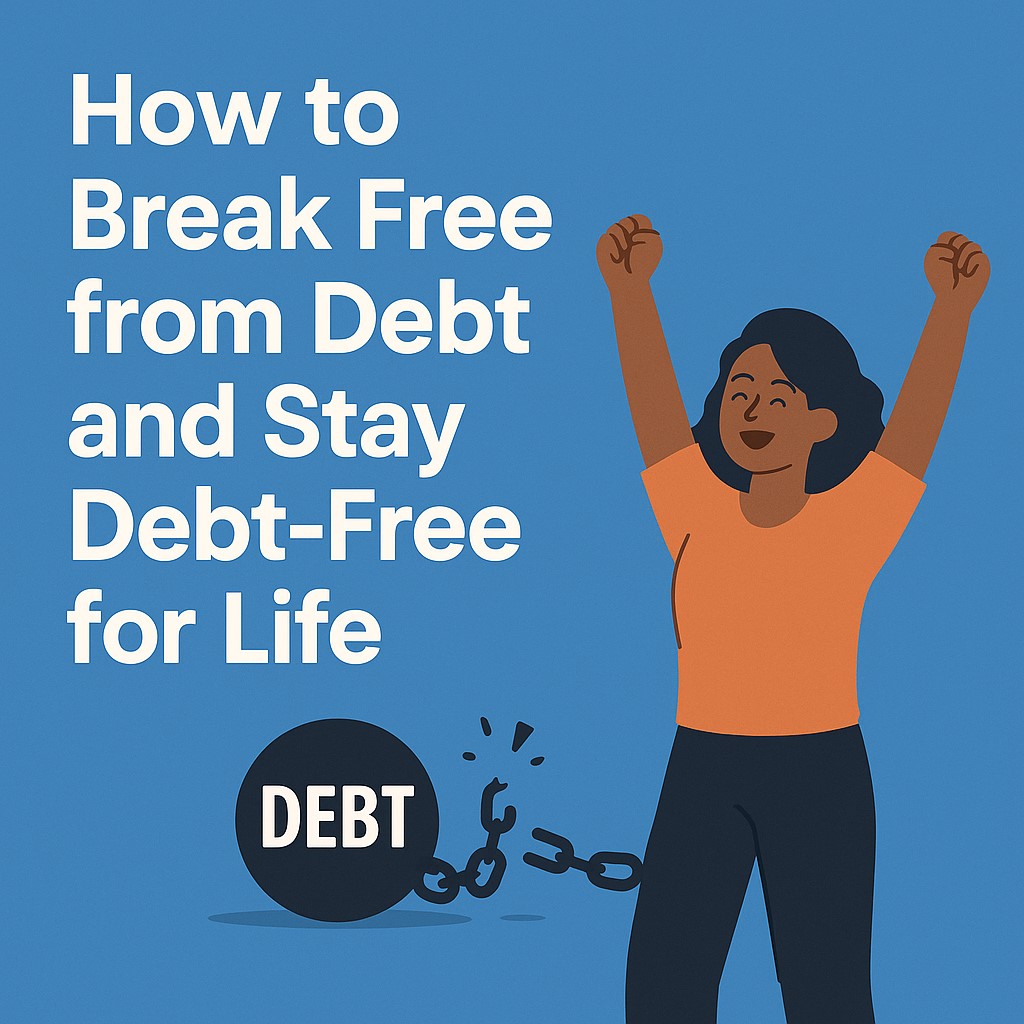Living in debt can feel like running on a treadmill—lots of effort, no forward motion. The good news? You can step off the belt for good. This guide walks you through proven strategies to wipe out debt and keep it from creeping back.
1. Face the Numbers Honestly 🔍
- List every debt: amount owed, minimum payment, interest rate, due date.
- Use a tracker like our free Smart Money Digital Budget Tracker to visualize progress.
- Add debts to a spreadsheet or budgeting app so nothing slips through the cracks.
Why this matters: Clarity turns fear into focused action.
2. Pick a Payoff Strategy That Motivates You 💪
| Method | How It Works | Best For |
|---|---|---|
| Snowball | Pay smallest balances first for quick wins | Emotional momentum |
| Avalanche | Target highest interest first to save money | Mathematically minded |
Learn more: Debt Snowball (NerdWallet) | Debt Avalanche (Investopedia)
Whichever path you choose, channel every extra cedi into that priority debt until it’s gone, then roll the freed payment into the next one.
3. Stop Adding to the Debt ✋
- Delete saved cards from online stores.
- Switch to cash or debit.
- Build a starter ₵1,000 emergency fund so surprises don’t send you back to the credit card.
Need motivation? Dave Ramsey’s snowball success stories show the power of a no‑new‑debt mindset.
4. Budget Like a Boss 📊
Adopt a zero‑based budget—every cedi gets an assignment (needs, debt payoff, savings, fun). Try:
- 50/30/20 rule (needs/wants/savings‑debt)
- Envelope system for discretionary spends
Free template: Download the Smart Money Digital Budget Tracker
5. Boost Your Income Streams 🚀
- Freelance or consult in your skill zone
- Flip items online
- Turn hobbies (photography, baking) into paid gigs
- Negotiate a raise at work
Pro tip: Funnel 100% of side‑hustle income toward your target debt.
6. Identify & Disarm Your Debt Triggers 🧠
Ask yourself:
- Do I shop when I’m stressed or bored?
- Am I influenced by friends’ spending habits?
- Do I confuse wants with needs?
Action step: Replace spending triggers with healthy habits—walks, reading, or calling a friend.
7. Live Below Your Means—Even After You’re Free 📉
Staying debt‑free is a lifestyle:
- Delay upgrades when your income rises.
- Continue automatic transfers to savings.
- Practice mindful spending—only buy what aligns with your values.
8. Keep Your Credit Healthy Without Falling Back 🛡️
- Pay balances in full every month.
- Use <30% of your credit limit.
- Keep older accounts open for a longer credit history.
For Ghana‑specific credit info, visit the Bank of Ghana Consumer Education page.
9. Celebrate Progress (Wisely) 🎉
Mark milestones with low‑cost rewards:
- Picnic day at the beach
- Movie night in with homemade popcorn
- Hand‑written victory note to yourself
Avoid celebrations that spark new debt.
10. Build the Future You Deserve 🌅
With debt gone, redirect those payments to:
- Emergency fund (3–6 months of expenses)
- Investments (mutual funds, index funds)
- Big goals (home, education, business)
- Generosity (give back to causes you love)
Final Thoughts
Breaking free from debt is a journey of determination—and staying free is a lifelong choice. Start today, and let every cedi you manage bring you closer to the life you’ve imagined.
Bonus Resources
- Smart Money Digital Budget Tracker (Free download)
- How to Pay Off Debt as a Family and Regain Financial Freedom (Related post)
- YouTube: 5 Signs You’re Falling Back into Debt & How to Prevent It
- Join our newsletter for weekly money tips ➜ Subscribe here
